India has not yet got its hands on the Koh-i-Noor, despite the county’s many efforts to retrieve the diamond from Britain’s crown jewels. But the ongoing controversy over the jewel has obscured the success of the country’s wider efforts to repatriate cultural and historical artefacts. Since 2014 India’s leader Narendra Modi has made it his personal mission to secure the return of priceless treasures to India, including thousands of manuscripts taken during or after the colonial era. The strategy has been an ingenious way of winning the moral argument for the return of the world’s most famous diamond, by securing the return of much less controversial treasures from Britain and other nations.
Modi has now succeeded in bringing back cultural artefacts from his trips to many countries including Canada, Australia and the United States. India wants ‘cooperation in manuscripts… in a manner consistent with existing international arrangements,’ an unnamed government representative told the news website Politico.
That what was stolen must be returned has an indisputably powerful resonance
It’s an approach that is paying big dividends. In 2021 Modi returned to India with 157 artefacts handed back during an official visit to the United States. Half of the collection consisted of figurines linked to Hinduism and Buddhism. In July last year Modi thanked Australia for returning 29 Indian-origin artefacts that had been taken from the country illegally: the haul included sculptures, paintings, photographs and a scroll dating back to the ninth century. Last year Glasgow Museums agreed to return seven stolen artefacts, the first repatriation to India from a UK museum. Six of the items, including 14th century carvings and 11th century stone door jams, were stolen from shrines and temples in the 19th century. They were later gifted to Glasgow Museums.
Oxford’s Ashmolean Museum has reportedly been approached about returning a bronze idol taken from a temple in southern India. The British Museum and the V&A also face separate claims, as well as the National Trust. Some larger museums are prevented by law from repatriating items but these restrictions do not apply to charities like the National Trust.
Often the items disputed by India include statues and paintings of Hindu and Buddhist deities, allowing a potent argument to be made that such treasures are of huge religious significance, sacred objects cherished through generations before being taken away; and of great importance to the history, culture and character of a nation. This very much fits in with Modi’s domestic political aim of presenting himself as the only true protector and guarantor of India’s culture and history.
At the same time, India’s battle to repatriate its stolen heritage increasingly chimes with changing attitudes in a number of European countries. In 2020 the Netherlands returned 1,500 looted treasures to Indonesia, a former colony. Germany last year returned 21 Benin bronzes to Nigeria, helping to pile further pressure on the British Museum to return its collection of bronzes. France’s president Emanuel Macron has also kickstarted a debate about restituting colonial objects to Africa: France returned 26 historical objects to Benin in 2021.
That what was stolen must be returned has an indisputably powerful resonance. It is a sentiment that India has not been slow to exploit and it will do so again in its bid to secure the biggest prize of all: the return of the Koh-i-Noor diamond. This is proving a much harder battle altogether though, because the diamond’s origins and ownership are fiercely disputed.
The Koh-i-Noor was given to Queen Victoria by the East Indian Company following the annexation of the Punjab, and is now part of the crown jewels. And India’s demands for its return are complicated by the rival claims of ownership from the respective governments of Pakistan, Afghanistan and Iran.
Meanwhile Britain insists it obtained the diamond legally in an 1846 treaty. The diamond is in the Queen Mother’s crown, which Queen Camilla did not wear at the coronation of Charles III to avoid upsetting India’s rulers – who claim it ‘brings back painful memories of the colonial past’.
More ground has been ceded in the official press release issued by Historic Royal Palaces ahead of a display next week of the crown jewels at the Tower of London. It refers to the diamond as ‘a symbol of conquest’. India will only feel encouraged by this. Many will feel that India’s modern-day rulers are exploiting colonial era wrongdoing for their own cynical political ends. This may well be true. But the underlying case for restitution of cultural treasures is a powerful one. It deserves to be heard.
Got something to add? Join the discussion and comment below.
Get 10 issues for just $10
Subscribe to The Spectator Australia today for the next 10 magazine issues, plus full online access, for just $10.

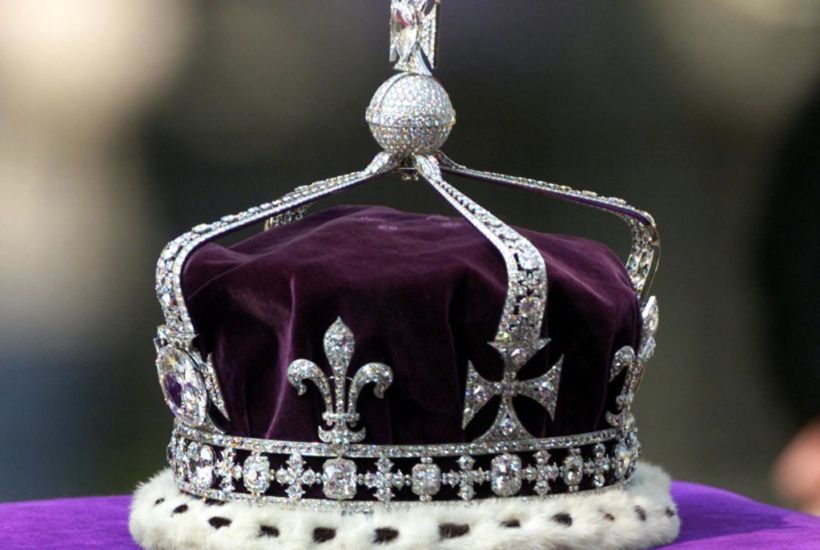

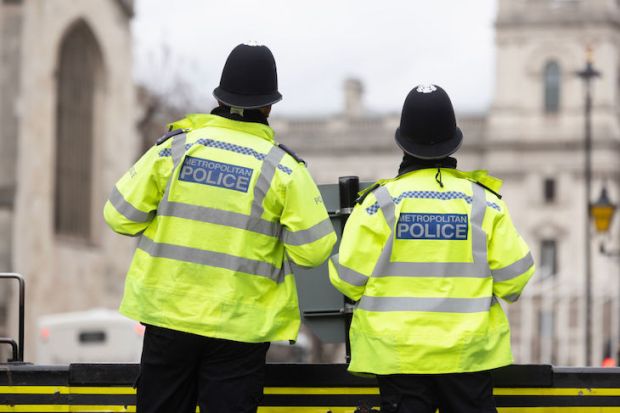
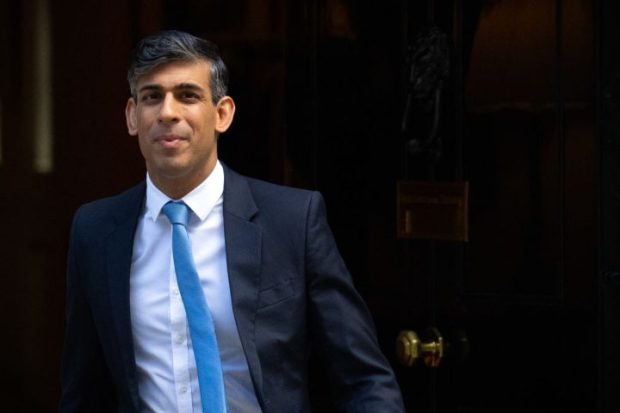

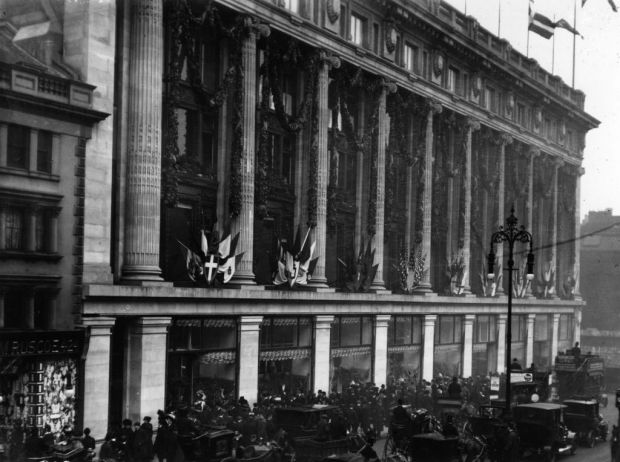
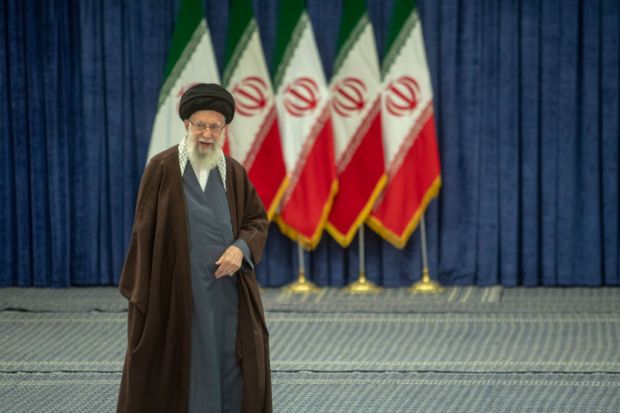







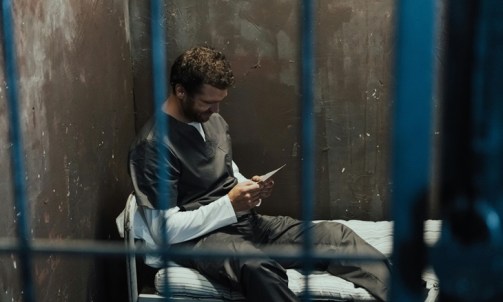
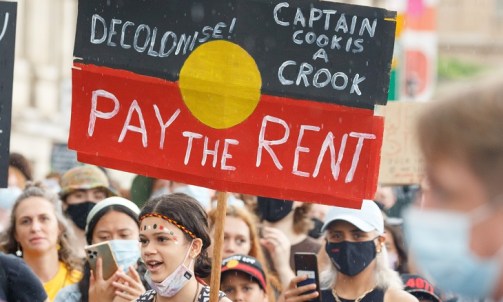



Comments
Don't miss out
Join the conversation with other Spectator Australia readers. Subscribe to leave a comment.
SUBSCRIBEAlready a subscriber? Log in